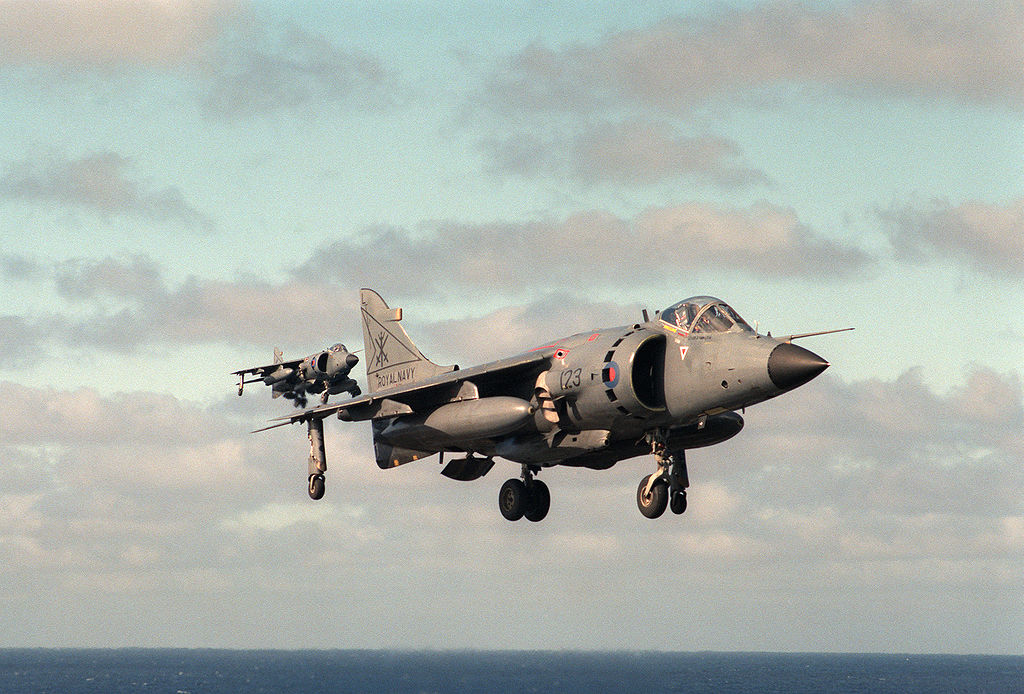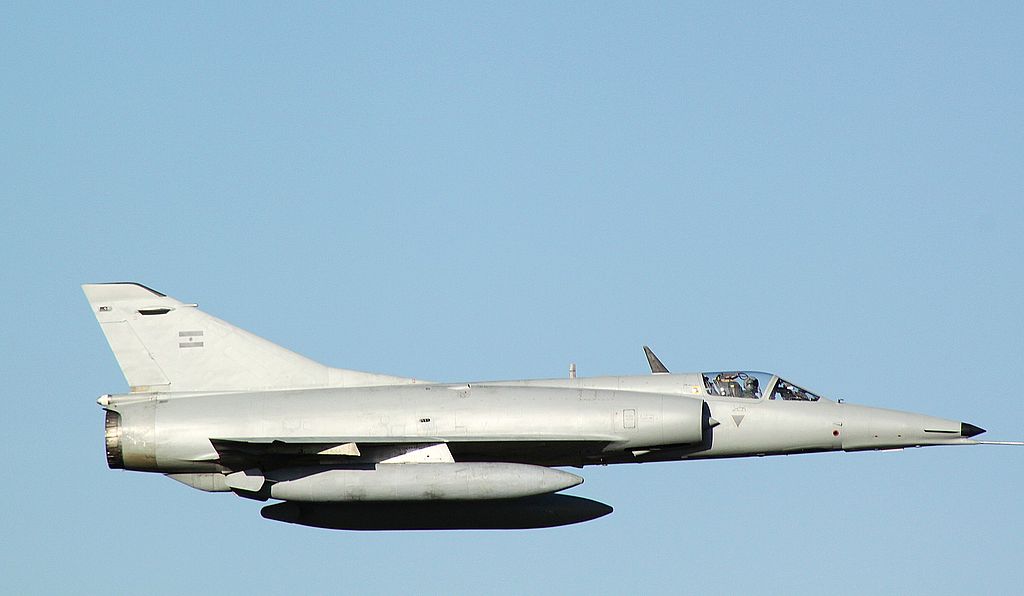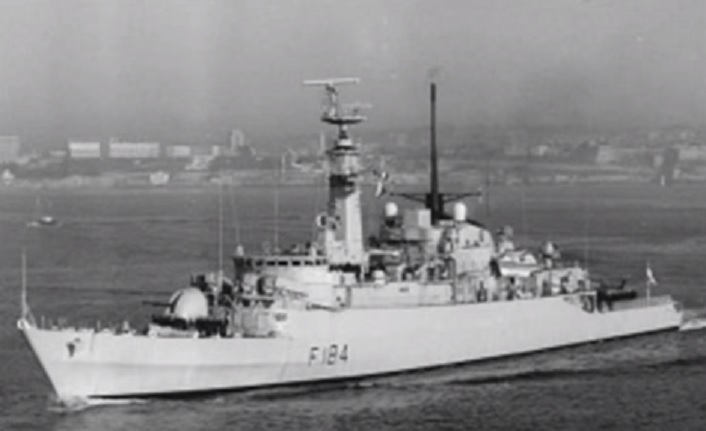“It was a Sea Harrier going for Captain Robles’ aircraft. Almost simultaneously I saw fire in my mirror and immediately I felt the impact of a missile in my Dagger, which remained without controls,” 1st Lieutenant Luna, Argentine Air Force
The Malvinas/Falkland Islands, an archipelago 300 miles off the coast of South America that was the subject of a dispute between this country and the UK, were invaded by the Argentine Navy and tens of thousands of troops on April 2, 1982. The First Vulcan bomber raids on the islands started British operations on May 1; twenty days later, on May 21, British landings on the Falklands took place.
The Fuerza Aérea Argentina (FAA, Argentine Air Force) undertook numerous attack missions against the Royal Navy fleet.
Escuadrón III Aeromóvil, which was stationed at Naval Air Base Rio Grande in Southern Argentina and outfitted with the Mirage 5A Dagger, was one of the units that participated in the air raids (how the FAA renamed its IAI Nasher examples purchased from Israel before the war). The second round of strikes was started in the afternoon of May 21 after the morning’s initial sorties failed to seriously damage the British ships. Together with Libra flight with Captains Cimatti and Robles, Cueca flight with Captain Mir González, Lieutenant Bernhardt, and First Lieutenant Luna took off at 13.55.
Due to an oil leak, Cimatti Dagger soon started to leave a thick, black contrail, forcing the pilot to return home as Robles boarded Cueca’s flight.
The Hornby Mountains, which the Daggers had to fly over to get to the target area, were obscured by clouds, so the pilots had to find another route to the Royal Navy ships. Robles explains this in the book Latin American Mirages Mirage III/5/F.1/2000 in Service with South American Air Arms by Santiago Rivas and Juan Carlos Cicalesi, “we flew along the hills until we found a small valley through which we could see the other side. We went through it. Now we were only three as we supposed Luna crashed against a hill… On the other side of the sound, at Ruiz Puente Bay/Grantham Sound, we saw a frigate close to the coast. We started the attack thinking ‘For Luna’!” The British ships started firing on them as they were flying quite close to the surface of the ocean. In addition to opening fire with his cannons, Mir González detonated a bomb 10 meters from one of the ships, creating a large wave that struck the ship’s hull.
González was followed by Lieutenant Bernhardt, who detonated his bomb and damaged the upper half of the ship. As he turned, Robles let go of his ammunition and flew dangerously close to the ship’s antenna. He then observed a missile coming in the direction of Bernhardt’s Dagger, which he managed to dodge by swerving to the right. The three Argentine jet pilots could clearly see the frigate blazing as they were returning home.

They were unaware that Luna had missed the hill because, according to Luna, five Sea Harriers intercepted their flight while the Daggers were only three minutes from the target. But because of the terrible weather, Luna was the final Argentine pilot to pass through the valley. Next, he saw a shadow passing above him and to his left, as he explains: “It was a Sea Harrier going for Captain Robles’ aircraft. Almost simultaneously I saw fire in my mirror and immediately I felt the impact of a missile on my aircraft, which remained without controls. I tried to climb and the aircraft turned upside down, I thought I would die. I left the stick and searched desperately for the upper ejection handle. I think I found it when I was again flying normally, as the ejection was normal.”
Lieutenant Andy Auld and Lieutenant Commander Rod Frederiksen piloted the Sea Harriers that intercepted the Daggers. Therefore, it appears that the Sea Harrier element that intercepted the Argentines was made up of only two fighters that were passing close to King George Bay and not five aircraft as previously thought. HMS Brilliant directed the British aircraft towards the Daggers, and when the Sea Harriers were able to see the enemy jets, Frederiksen fired the Sidewinder, striking Luna, who was later saved by the islanders.
The HMS Ardent was the vessel that the Daggers struck. The Mk 17 bomb dropped by Bernhardt, while the bomb dropped by Robles impacted the ship but did not explode, caused the assault aircraft to fully destroy the vessel hangar, the ship’s helicopter, and the Sea Cat missile system.
Later that day, Ardent was struck by three A-4Q Skyhawks from the Argentine Navy. At least two bombs were dropped on the ship’s stern, and numerous unexploded bombs tore into the hull.

The Ardent sank the following day as a result of the airstrikes carried out by Dagger and Skyhawk.
Photo by Jorge Alberto Leonardi and Horacio Claria via Wikipedia, U.S. Navy, and screenshot from YouTube video


